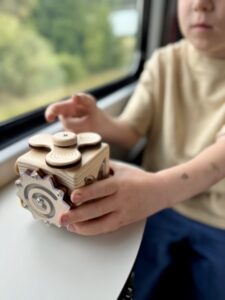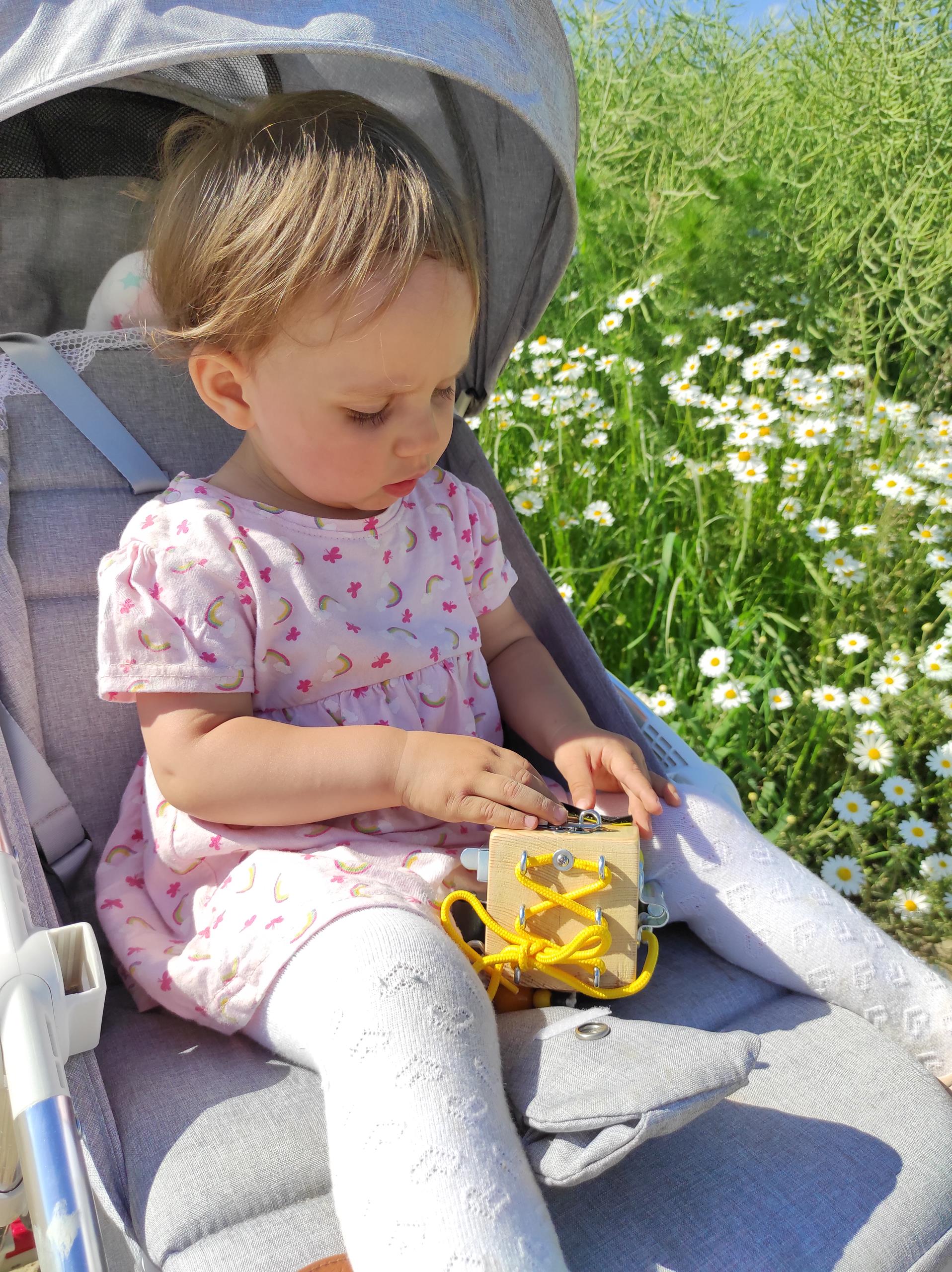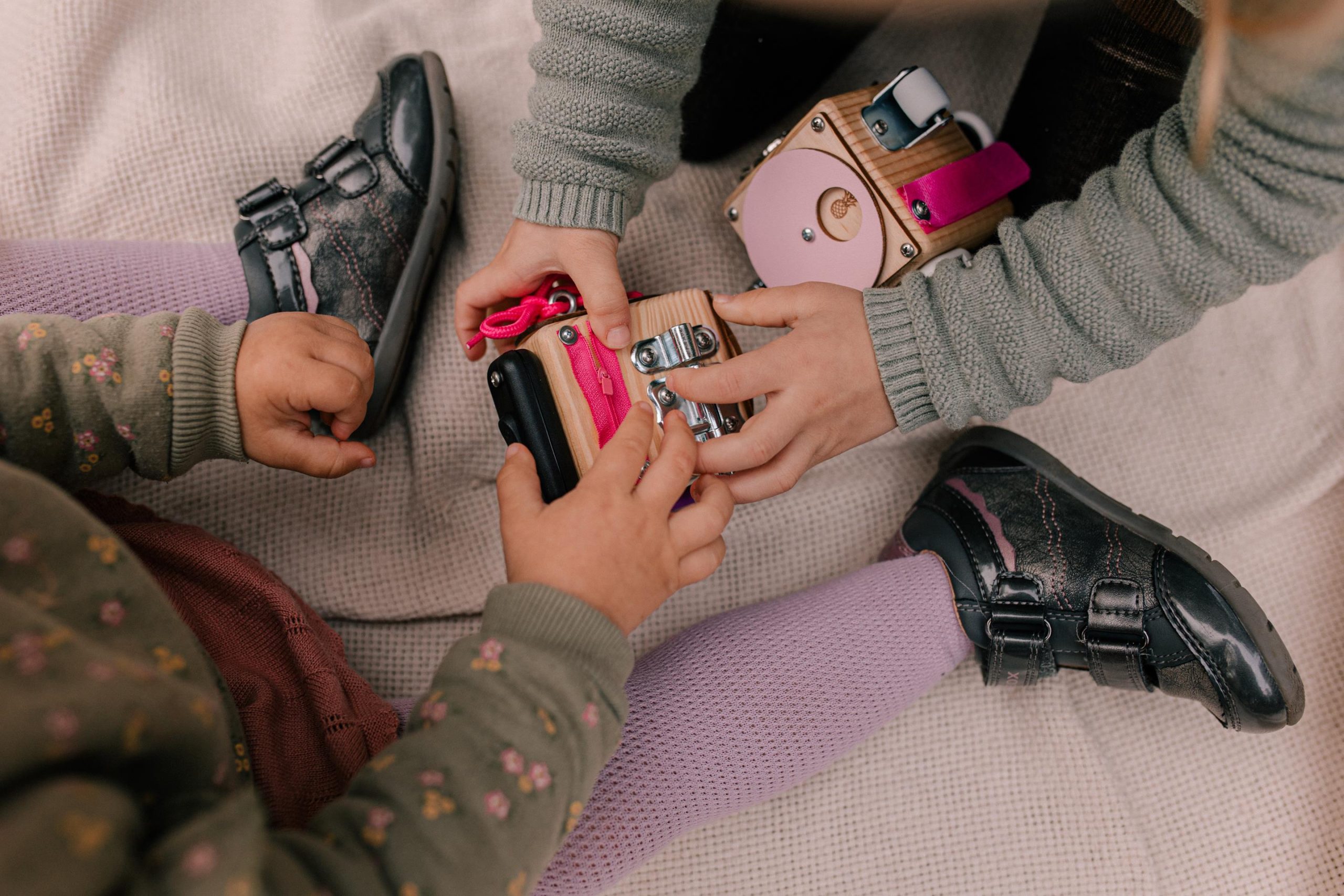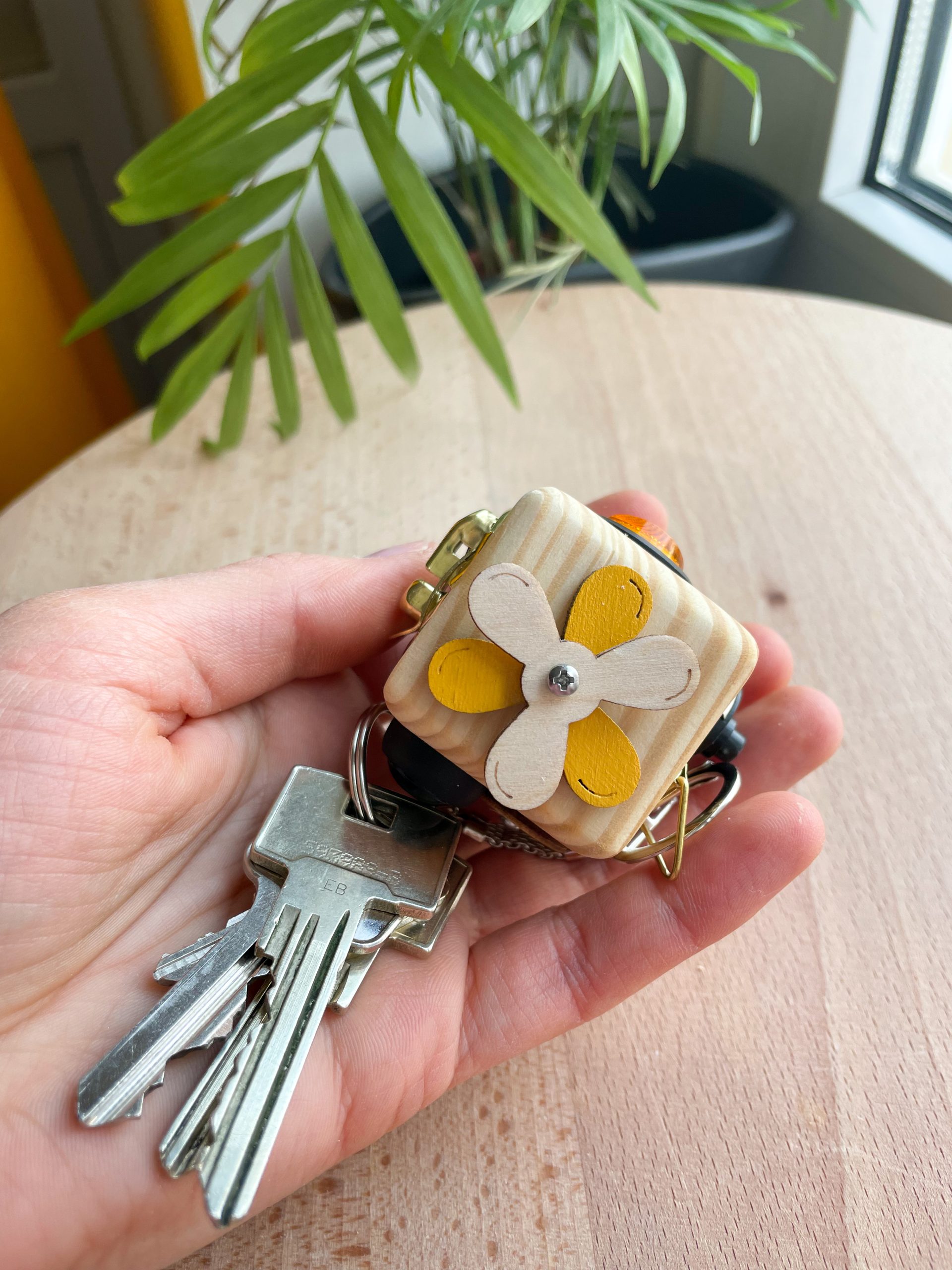
Toys for the airplane – what will occupy the child during the trip?
Traveling with a child is a challenge, especially on an airplane, where space is limited

Montessori toys are growing in popularity among parents and educators around the world. Their uniqueness lies in the fact that they are designed according to the principles of Montessori pedagogy, which promote independence, creativity and the development of a child’s natural skills. In this article, we’ll take a look at how Montessori toys support a child’s development, the main types of Montessori toys and their benefits for little explorers.
Montessori toys are educational tools created in accordance with the principles of pedagogy developed by Maria Montessori, an Italian physician and educator who created an innovative method of teaching children in the early 20th century. These toys are designed to support a child’s development at different stages of life, stimulating his natural curiosity and desire to learn.
They are characterized by simplicity, aesthetics and functionality. They are made of natural materials, such as wood, which makes them durable and environmentally friendly. Each toy has a specific educational purpose and is designed to allow the child to explore and experiment on their own while developing their motor, cognitive and social skills.

Montessori pedagogy is based on several key principles to promote the all-round development of the child. Here are some of them:
Montessori pedagogy views the child as an independent explorer who learns through his own experiences and exploration of the world around him. In fact, the teacher acts as a guide who supports the child in his individual development.
A prepared environment is a space that is adapted to the needs and capabilities of the child. In fact, it should be organized, aesthetically pleasing and full of educational materials that encourage independent work and experimentation.
In the Montessori method, the emphasis is on learning by doing. Children have the opportunity to manipulate objects, experiment and experience. This consequently helps them better understand the world around them.
Every child is different and develops at its own pace. Montessori pedagogy involves an individual approach to each child, taking into account their unique needs, interests and abilities. This allows teachers to tailor teaching methods and teaching materials to each student’s specific requirements and abilities, which supports a more effective and engaging learning process.
The goal of Montessori pedagogy is to promote the child’s independence and self-reliance. Children learn to perform various activities independently, which builds their confidence and self-esteem. In a Montessori environment, children have a choice of activities, which encourages them to make decisions and develop the skills they need to function independently in everyday life.
Manipulative boards are toys that contain various elements to move, open, close, rotate or press. In fact, they are excellent for developing motor skills and hand-eye coordination.
Puzzles and puzzles are a great tool for developing fine motor skills and logical thinking skills. They require precise movements of the hands and fingers. In fact, it helps develop hand-eye coordination.
Montessori educational games are toys that combine fun with learning. These can include board games, card games, as well as various activities that require logical thinking and cooperation.
Sensory cubes are toys that have different textures, colors and elements that children can touch, squeeze and manipulate. They are ideal for stimulating the senses and developing fine motor skills.
Wooden toys are durable, eco-friendly and environmentally friendly. They often have simple but clever designs that promote the development of small motor skills.
Small motor skills are the ability to make precise movements with the hands and fingers. Montessori toys, such as manipulative boards, puzzles and sensory cubes, are designed to support the development of these skills. Children, playing with these toys, learn hand-eye coordination, precision of movement and dexterity.
Cognitive skills include abilities related to thinking, problem solving, memory and concentration. In fact, Montessori educational games, puzzles and jigsaw puzzles help children develop these skills by teaching them to think logically, analyze and plan.
Montessori pedagogy places great emphasis on the child’s self-reliance and independence. Montessori toys are designed so that children can explore and experiment on their own, which builds their confidence and self-esteem. Children learn to perform various activities independently, which prepares them to cope with everyday life.
Montessori toys also promote a child’s social and emotional development. Educational games and team games teach children cooperation, communication and conflict resolution. Children also learn to express and deal with their emotions, which is crucial for their emotional health.
Introducing Montessori toys at home can be a simple and enjoyable process. Here are some tips on how to do it:
The best toys for infants are those that stimulate the senses and promote the development of basic motor skills. In fact, they can be rattles, soft toys with different textures and simple sensory cubes.
Toys for 2-year-olds should be more advanced and engaging. Good options include manipulative boards, simple puzzles and jigsaw puzzles, and wooden Montessori toys. In fact, these toys help develop logical thinking skills and hand-eye coordination.
For older children, it’s a good idea to choose toys that still promote fine motor development, but are more complex. What’s more, they can be more advanced puzzles, construction sets and an educational tablet with relevant apps.
Montessori toys are educational tools created according to the principles of pedagogy developed by Maria Montessori. They are designed to support a child’s development at different stages of life, stimulating his natural curiosity and desire to learn.
Montessori toys promote the development of a child’s fine motor skills, cognitive skills, self-reliance and independence. They are made of natural materials. This makes them durable, environmentally friendly and safe.
The best toys for a 2-year-old include manipulative boards, simple puzzles and jigsaw puzzles, Montessori wooden toys and sensory cubes. These toys help develop motor skills and logical thinking.
Montessori toys such as manipulative boards, puzzles, jigsaw puzzles and sensory cubes are ideal for promoting fine motor development. They encourage children to manipulate objects and make precise movements.
Wooden toys are often more durable, environmentally friendly and safer than plastic ones. They have natural textures that can be more attractive and stimulating for children.
To introduce Montessori toys at home, create a prepared environment, choose the right toys, give the child freedom, observe and support his development and build a routine.

Traveling with a child is a challenge, especially on an airplane, where space is limited

Choosing the right gift for a 2-year-old boy can be a challenge, especially when you

In today’s busy world, more and more people are looking for ways to reduce stress
| Cookie | Duration | Description |
|---|---|---|
| cookielawinfo-checkbox-analytics | This cookie is set by GDPR Cookie Consent plugin. The cookie is used to store the user consent for the cookies in the category "Analytics". | |
| cookielawinfo-checkbox-functional | The cookie is set by GDPR cookie consent to record the user consent for the cookies in the category "Functional". | |
| cookielawinfo-checkbox-necessary | This cookie is set by GDPR Cookie Consent plugin. The cookies is used to store the user consent for the cookies in the category "Necessary". | |
| cookielawinfo-checkbox-others | This cookie is set by GDPR Cookie Consent plugin. The cookie is used to store the user consent for the cookies in the category "Other. | |
| cookielawinfo-checkbox-performance | This cookie is set by GDPR Cookie Consent plugin. The cookie is used to store the user consent for the cookies in the category "Performance". | |
| viewed_cookie_policy | The cookie is set by the GDPR Cookie Consent plugin and is used to store whether or not a user has consented to the use of cookies. It does not store any personal data. |